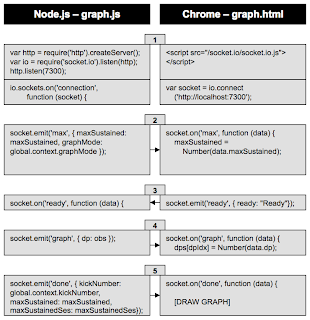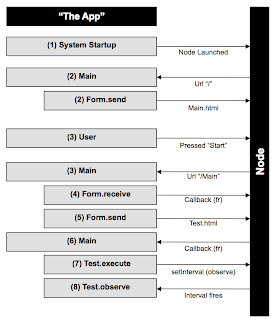In any case then we do the following:
First make sure that the system date and time is accurate:
ntpdate -b -s -u
pool.ntp.org
Then update the package indexes for both the OS and for NPM:
opkg update
npm update
Now install all the OS level stuff that we will be needing:
opkg install
python-compiler
opkg install
python-misc
opkg install
python-multiprocessing
opkg install
xdotool
opkg install
gettext
The version of git on the BBB needs to be updated so download the tarball with the code and then do the following:
tar -xvf
git-1.8.?.tar.gz
cd
git-1.8.?
./configure
--without-python
make
make install
There is a problem with npm such that it will incorrectly fail thinking that it does not have the right version of Python installed. Fix this via the below edits:
nano
/usr/lib/node_modules/npm/node_modules/node-gyp/lib/configure.js
Change:
if
(semver.gte(version, '2.5.0') && semver.lt(version, '3.0.0')) {
getNodeDir()
} else {
failPythonVersion(version)
}
To:
getNodeDir()
Now all the npm packages that we need can be installed:
npm install -g node-gyp
npm install -g i2c
npm install
-g socket.io
npm install
-g descriptive-statistics
npm install -g
exec-sync
npm install
-g zipstream
npm install -g line-by-line
npm install -g serialport2
npm install -g line-by-line
npm install -g serialport2
Following sections, for RTC, are obsoleted by getting the date and time via the Arduino. At this point, assuming we are wired for our I2C devices, we can set up our Real Time Clock. This is, of course, assuming that when you run the first of the below commands you see something at address 0x68! If there is, test it by doing the rest of the commands (get current network time, create the RTC device, write the time to the RTC, pull it off the RTC):
i2cdetect -y -r 1
ntpdate -b -s -u pool.ntp.org
echo ds3231 0x68 >/sys/bus/i2c/devices/i2c-1/new_device
hwclock -f -w /dev/rtc
hwclock -f -s /dev/rtc
hwclock -f -s /dev/rtc
If all is well above (note that you need to check the device [/dev/rtc?] that was created to ensure you have the right name), create the following file “rtc” in “/etc/init.d”:
#! /bin/sh
# /etc/init.d/rtc
### BEGIN INIT INFO
# Provides: Time sync
#
Required-Start:
$remote_fs $syslog
#
Required-Stop:
$remote_fs $syslog
#
Default-Start: 2
3 4 5
#
Default-Stop:
0 1 6
#
Short-Description: Updates time from rtc
### END INIT INFO
# If you want a
command to always run, put it here
# Carry out
specific functions when asked to by the system
case "$1"
in
start)
echo "Starting time
sync"
echo ds3231 0x68
>/sys/bus/i2c/devices/i2c-1/new_device
hwclock -f /dev/rtc -s
;;
*)
echo "Usage:
/etc/init.d/rtc {start}"
exit 1
;;
esac
exit 0
Make the above created file executable:
chmod +x rtc
And have it run automatically:
update-rc.d rtc
defaults
Now make sure the board time is set, then load it to the RTC:
ntpdate -b -s -u pool.ntp.org
hwclock -f -w /dev/rtc
Now we can create our source directories for the application. First create a directory named "AppNameHere", cd into it, and execute the following command:
git clone
https://github.com/ThamesWill/AppNameHere.git dev
Fix for possible authentication issues:
Fix for possible authentication issues:
http://derekmolloy.ie/fixing-git-and-curl-certificates-problem-on-beaglebone-blac/
Once this has completed (note that you will need an id on github) you should execute the following script from the download:
Once this has completed (note that you will need an id on github) you should execute the following script from the download:
dev/install
The above should have created all the other directories and startup files that will be needed. At this point you should be able to execute the command line configuration tool:
./config
If everything is working you will see a list of default parameters.
One last change is to point the cloud9 environment at the source code we just downloaded. Do this by editting the following file replacing the "/etc/lib/cloud9" entries with the path to the dev directory created above.
nano /lib/systemd/system/cloud9.service
You will now need to either reboot or tell systemctl about your changes and then restart cloud9:
You will now need to either reboot or tell systemctl about your changes and then restart cloud9:
systemctl --system daemon-reload
systemctl restart cloud9
nano /lib/systemd/system/cloud9.service
Finally, make sure that you have updated the hosts file to match your server name for The App configuration
Finally, make sure that you have updated the hosts file to match your server name for The App configuration
DONE!

.jpg)




